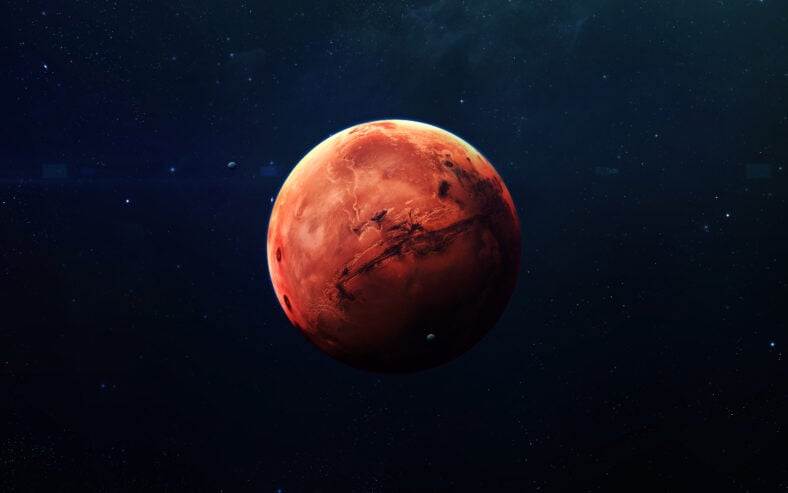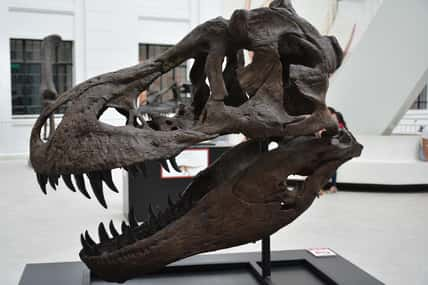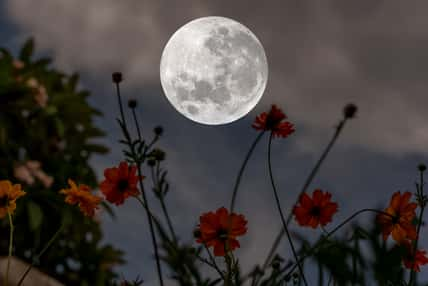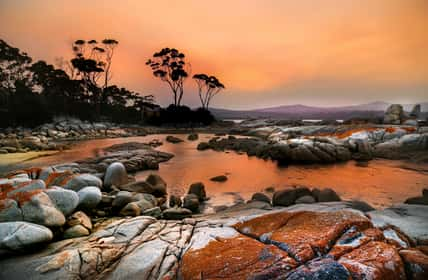These Kidney Beans On Mars Are Frozen Sand Dunes, And They Could Have Hosted Life A Long Time Ago

On the Red Planet’s northern hemisphere, there are frozen sand dunes that look just like kidney beans—but you definitely can’t eat these!
NASA’s Mars Reconnaissance Orbiter (MRO) captured images of the frozen sand dunes. They were taken to help scientists figure out if Mars could have hosted life a long time ago.
The photos were taken in September 2022 and were released to the public in December 2024. Usually, dunes on both Mars and Earth migrate due to the wind lifting up grains of sand from one side of a dune and carrying them to another. This motion makes the dunes resemble slow-moving seas.
However, these dunes are motionless because of the layer of carbon dioxide frost covering them during the northern hemisphere winter on Mars. The frost prevents the wind from picking up sand, so the dunes can’t migrate until spring arrives.
Pictures of the frozen dunes can help scientists determine whether water once persisted on the surface of the planet long enough to support the evolution and survival of life.
Although the frost consists of carbon dioxide, not water, it still impacts the likelihood that Mars had water in its past.
The levels of carbon dioxide on Mars fluctuate based on the planet’s tilt in relation to the sun. As Earth spins on a slightly tilted axis, it wobbles just a bit. This is how we get to experience different seasons.
When Mars is tilted far enough, carbon dioxide ice transforms into gas, giving the entire planet a thicker atmosphere, which may have provided conditions sufficient enough to host liquid water for long periods of time.
Learning more about how carbon dioxide frost changes under the current conditions on Mars aids scientists in making better predictions of what Mars’ past climate was like.

Sign up for Chip Chick’s newsletter and get stories like this delivered to your inbox.
If there were extended periods of time when the climate supported liquid water, it is possible that Mars could have supported microbial life as well. Perhaps it could be lurking somewhere on the planet’s surface.
These kidney bean-shaped dunes are far from the only amazing discoveries that have been made on Mars. In the past year, an underground ocean that is a mile deep was found beneath the Martian surface. NASA’s InSight lander detected the reservoir in a layer of rock. It could be important to future astronauts, and it may even harbor extraterrestrial life.
Another significant development on Mars happened to be the spidery features that appear on Mars’ surface during the spring.
These spindly cracks occur when carbon dioxide ice turns directly into a gas and drags up dust from below. The dust then settles into spider-like shapes on the ground.
The European Space Agency’s Mars Express Orbiter and ExoMars Trace Gas Orbiter revealed that a bunch of the “spiders” emerged near Mars’ south pole.
You can view the photo here.












